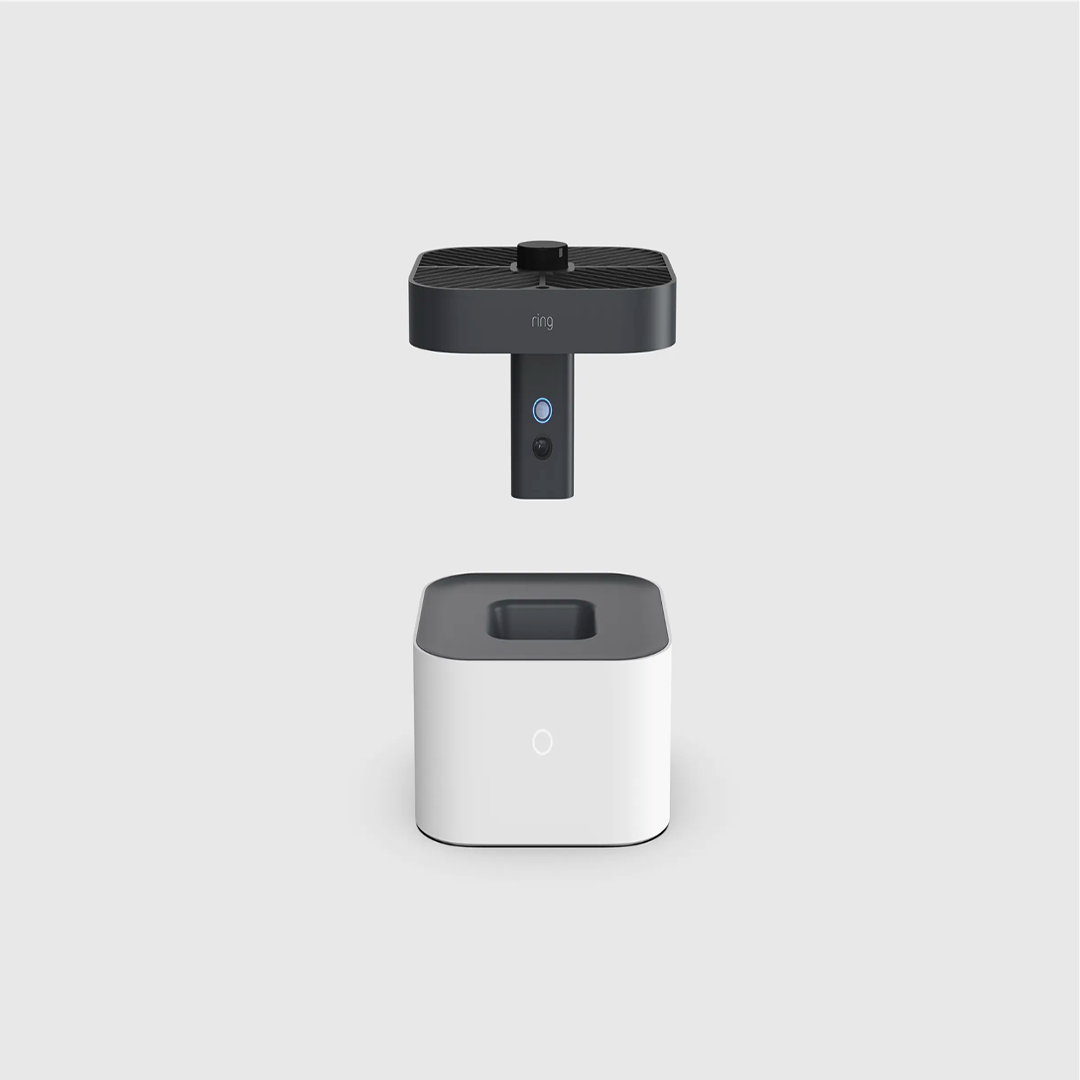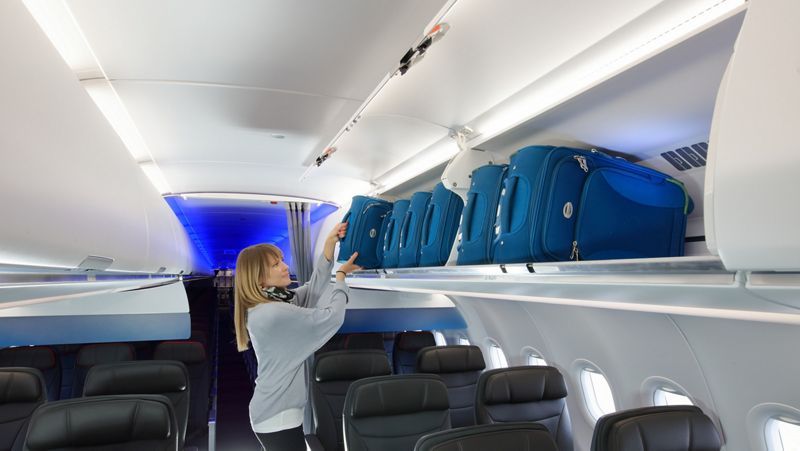
The 8 key challenges for designing services that customers want in 2021 and beyond
Mormedi
Mormedi Team
Companies of all types—across telco, energy, technology, devices & appliances, FMCG, health, fitness, and many others—are scrambling to find ways to build an ongoing relationship with customers through new services. The problem is that the past year has brought with it an acceleration of existing trends, as well as brand new trends, that make it difficult to keep up with the changing needs and wants of customers.
As industries continue to converge, companies will need to think outside the box, and seek to offer value in new ways.
We have outlined 8 of the key challenges that companies from across industries need to be thinking about when they design new services to respond to customer requirements in 2021 and beyond.
Entertainment media
The lockdowns have obviously fuelled additional growth in social media consumption, TV hours watched, and OTT media subscriptions. At the same time, physical separation has increased the need for connection and participation in a virtual setting. This has driven a large increase in the consumption of video and gaming as social activities.
Challenge 1: How can your organisation increase engagement through social, video, and gaming?
Health & Wellness
The pandemic has put health at the top of everyone’s mind. People are now particularly conscious about how they can remain healthy.
From a fitness perspective, new habits have been formed around connected home workouts, utilising video and specialised equipment like Peloton.
From a health perspective, there has been a large shift to online health management, with 76% of people saying they are now interested in using telehealth.
Challenge 2: How can your organisation utilise its position to support the health and wellness needs of customers?
Home Assistants
Smartphones and smart speakers are the devices of choice for most voice assistant users, but use is also rising in cars, on smart TVs, smart home components, wearables, appliances, and other connected gadgets.
Millennials are the heaviest users, but use is rising among all age groups, including children, teens, and seniors, especially as more people work, study, consume entertainment, and conduct personal business from home.
And don’t forget payments: by one estimate, there will be $164bn in transaction value via smart speaker in 2025, up from $22bn in 2020.
Challenge 3: How can your organisation increase its presence in the home ecosystem?
Education
At the peak of the global lockdowns imposed to counter the spread of COVID-19, 1.6 billion children were out of school.
Parents are keen to spend money on their children’s education to supplement the time lost at school, as well as to keep children engaged in a productive way while they are reducing their interactions out of home.
Greater access to connectivity and devices, as well as better materials and affordability, will continue to drive adoption.
Challenge 4: How can your organisation offer new value to children and adults related to education and edutainment?
__Telework & Connectivity __
The outlook for remote business growth is positive. In fact, 82% of company leaders plan to permit remote work after pandemic.
The rapid growth in popularity in teleworking has revealed some worrying issues, however. Though companies are developing increasingly robust encryption, cyber-attacks have proliferated in recent months. Crimes such as phishing, information theft, extortion, and attempted breaches are the order of the day.
Challenge 5: How can your organisation take advantage of the increase in working from home to offer better connectivity and security?
Security & Control
The focus for many people has become their home, and as such consumers are both trying to control their bills while managing their energy, heating/ventilation/AC, and monitoring the safety and security of their family and property. This is an area ripe for growth.
Challenge 6: How can your organisation become the go-to partner for consumers peace-of-mind needs?
Food & Nutrition
People’s relationship to food has changed; baking has come back as a hobby, and food-as-a-service has become established.
One of the more unexpected outcomes of the lockdowns due to the pandemic was the rise in home baking, as a hobby, distraction, and stress-reliever. Global searches for the term “sourdough” grew 325% over the last year. So, while people turn more to the kitchen as a hobby and pastime, from a convenience perspective, people are now much more used to utilising online food ordering services. JustEat, the world’s largest online takeaway platform, said UK orders rose 88% in the first two months of 2021.
Challenge 7: How can your company fit with the new needs of how customers cook and enjoy food?
__Consumer electronics & appliances __
COVID-19 has caused some fundamental changes in the types of activities people do at home, and this is being reflected in the types of devices that are in demand.
The rise of work from home has caused a short-term increase in the sales of computers and monitors. The rise in the home office could signal opportunities for devices that help people not only work, but also relax and study in an environment that reflects their needs and values.
Challenge 8: How can your company react to the need for devices that offer convenience, efficiency, personal care, and leisure?
If you are interested in discussing how best to understand and design services for the changing needs of consumers, please write to laura@mormedi.com to arrange a chat.


